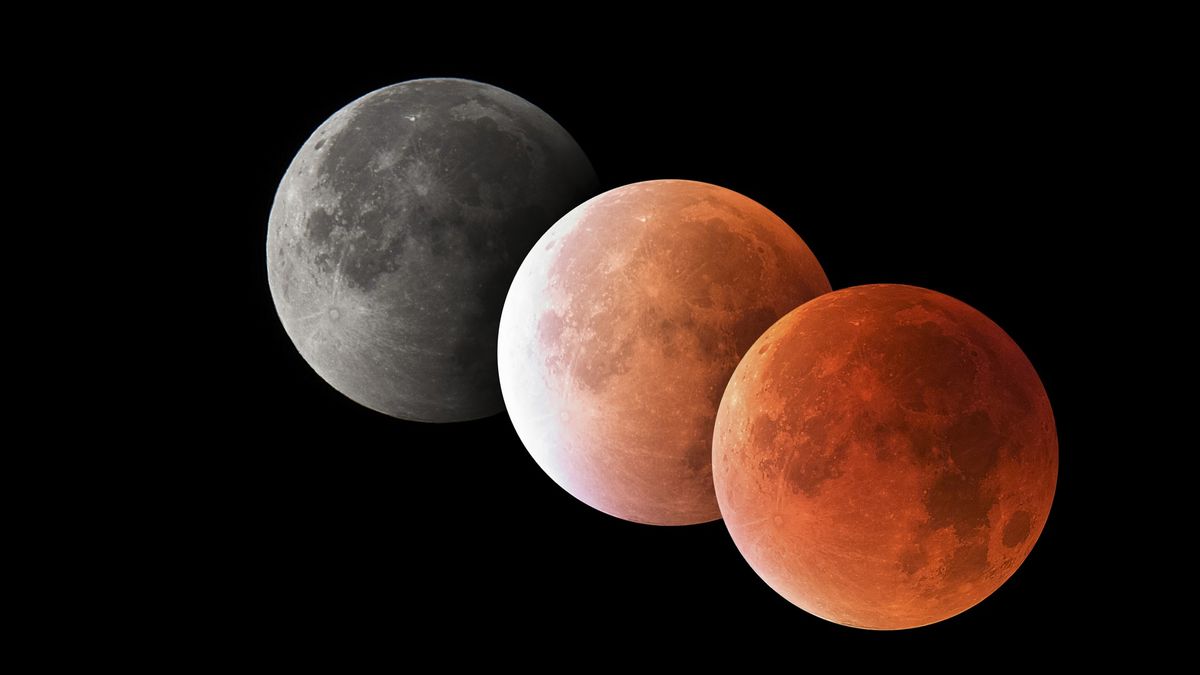Ontario stargazers are in for a treat this month as a total lunar eclipse transforms the moon into a striking red “blood moon.” No special gear is needed—just step outside and look up.
Rachel Ward-Maxwell, an astronomy expert at the Ontario Science Centre, says all of Canada, including Ontario, will have a front-row seat to this celestial spectacle unfolding overnight on March 13-14. “It’s mesmerizing to watch the Earth’s shadow carve across the moon,” she said.
A total lunar eclipse occurs when Earth slips between the moon and the sun, casting a shadow that cloaks the full moon. Unlike solar eclipses, no eye protection is required—binoculars or a telescope are optional for a closer peek.
The event kicks off just before midnight on March 13 and wraps up in the early hours of March 14. Lunar eclipses unfold in three stages: the penumbral phase (a faint shadowing), the partial phase (a sharper bite), and totality (full coverage). For Ontario, the partial eclipse begins at 1:09 a.m. ET on March 14, with totality hitting from 2:26 a.m. to 3:31 a.m., offering over an hour of prime viewing. “It’s a late-night show, but worth it,” Ward-Maxwell noted. The Canadian Space Agency estimates each phase typically spans 30-60 minutes.
No matter where you are in Ontario, just head outdoors and face south. The eclipse will be visible across the province, from Toronto to Timmins, Barrie to Windsor.
Anyone on Earth’s night side during the event gets a view. NASA confirms the Pacific, Americas, Western Europe, and Western Africa will catch the full show, while parts of Asia, Australia, Africa, and the polar regions will see at least some stages, per TimeandDate.com. Southern Ontario hotspots like Hamilton, Mississauga, Ottawa Valley, and North Bay are all in the clear.
The “blood moon” nickname comes from sunlight bending through Earth’s atmosphere, bathing the moon in a reddish glow. “It’s a stunning trick of our atmosphere,” Ward-Maxwell explained. Shorter blue wavelengths scatter away, leaving reds and oranges to paint the moon during totality—akin to why sunsets blaze red. The moon dims but never vanishes, thanks to this atmospheric filter.
Mark your calendars—Ontario won’t see another lunar eclipse until March 2, 2026. Bundle up, grab a warm drink, and don’t miss this cosmic crimson display.

